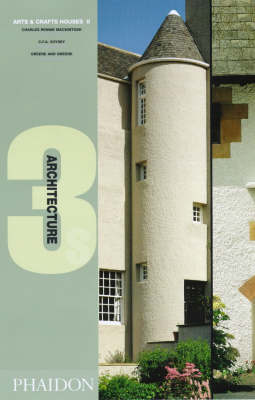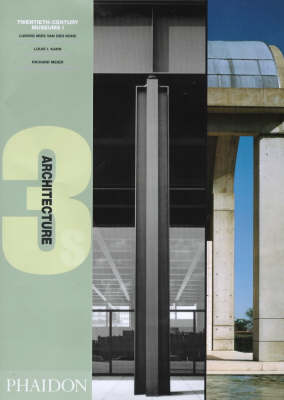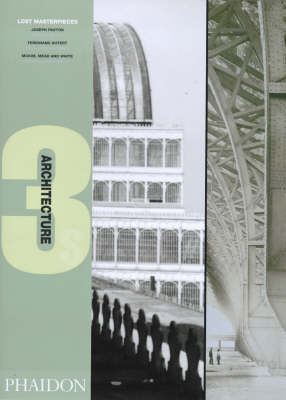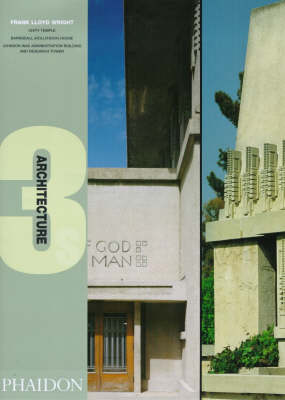Architecture 3s S.
6 total works
Part of a series that places buildings within their historical context, this text considers three Arts and Crafts buildings: Hill House, Helensburgh in Scotland; The Homestead, Frinton-on-Sea in Essex; and Gamble House in Pasadena, California. It includes specially produced technical drawings that explain how the buildings were detailed and put together. The text explains that by studying the three buildings together the reader can determine the architectural similarities and shared influences along with the larger historical and geographical context.
Contemporary California Houses by Frank O.Gehry, Franklin D.Israel and Eric Owen Moss
by James Steele and etc.
Published 1 July 1999
Part of a series that aims to place buildings within their historical context, this text considers Gehry's Schnabel House; Israel's Lawson-Weston House; and Moss's Drager House. It includes specially produced technical drawings that explain how the buildings were detailed and put together. It considers how the houses are all key buildings in the development of a recognized style of California residential architecture and how the buildings afforded their creator's the reputations as masters of spatial manipulation.
Twentieth-century Museums
by Maritz Vandenberg, etc., James Russell, and Michael Brawne
Published 1 July 1999
Part of a series that places buildings within their historical context, this text considers Van der Rohe's New National Gallery, Kahn's Kimbell Art Museum and Meier's Museum fur Kunsthandwerk. It includes technical drawings that explain how the buildings were detailed and put together. By presenting them together, the aim of the text is that the reader can examine the similarities and differences in approach taken by the architects in designing buildings with successful interior spaces for viewing art and exteriors which present a public face to the world.
Lost Masterpieces by Joseph Paxton, Mckim Mead and White and Ferdinand Dutert
by John McKean, etc., Stuart Durant, and Steve Parissien
Published July 1999
Part of a series that aims to place buildings within their historical context, this text considers Paxton's Crystal Palace, McKim, Mead & White's Pennsylvania Station and Dutert's Palais des Machines. It includes specially produced technical drawings that explain how the buildings were detailed and put together. The text explains why a knowledge of these structures is vital to an understanding of the history of architecture, as, together these buildings, with their innovative approaches to design and new technology, paved the way for the modern architectural movement.
Twentieth Century Houses by Frank Lloyd Wright, Charles and Ray Eames and Alvar Aalto
by Robert MaCarter and etc.
Published 1 July 1999
Part of a series that aims to place buildings within their historical context, this text considers Wright's Fallingwater, the Eames brother's Eames House and Alvar Aalto's Villa Mairea. It includes specially produced technical drawings that explain how the buildings were detailed and put together. The text explains how together as innovative and experimental pieces, the house represent pinnacles of modern residential design.
Part of a series that aims to place buildings within their historical context, this text considers Wright's Unity Temple, Barnsdall House and Johnson Wax Administration Building. It includes specially produced technical drawings that explain how the buildings were detailed and put together. The text explains how together, the three buildings provide an insight into Wright's approach to design throughout his career, and into his aptitude for designing in three entirely different fields of architecture: office, residential and church design.





